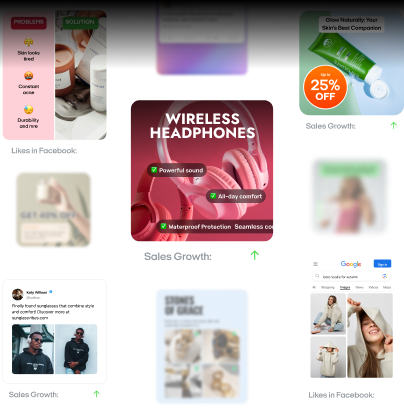Ad creatives: 9 tips for generating ads that really convert
High-performing ads aren’t a coincidence, they’re a formula. Zeely AI shares 9 expert strategies for creating ad creatives that consistently convert.
Have you ever spent hours perfecting an ad, only to watch viewers disappear in seconds? This is actually a common situation, as you only have a few seconds to grab a user’s attention. If your ad creatives don’t hook them right away, you’re losing opportunities.
Ad creatives are the heart of any digital campaign. They’re images, short clips, or interactive Reels that grab attention on Google Display, Pinterest, Instagram, or TikTok. According to LinkedIn Ad Benchmarks, ads featuring bold, relatable imagery, like everyday people in familiar situations, can boost CTR by up to 38%.
By branching out beyond basic videos and using formats like Stories and Reels, you’ll harness each platform’s strengths, reach wider audiences, and spark the kind of engagement that leads to real conversions.
Let’s break down why ad creatives matter, key elements of high-performing ad creatives, and common challenges in ad creative management.
About ad creatives vitality
Have you ever wondered why some ads grab you instantly while others fade away? Often, it’s because they mirror real-life experiences. According to The Verge:
“Amazon says putting products in a lifestyle scene can lead to 40% higher click-through rates.”
That kind of visual helps viewers see themselves in the ad, sparking an emotional bond.
But great ad creatives aren’t just about quick clicks. Concise designs and copy also shape brand recall, keeping your business top-of-mind long after someone scrolls by. Over time, these memorable impressions build loyalty and turn casual viewers into repeat customers.
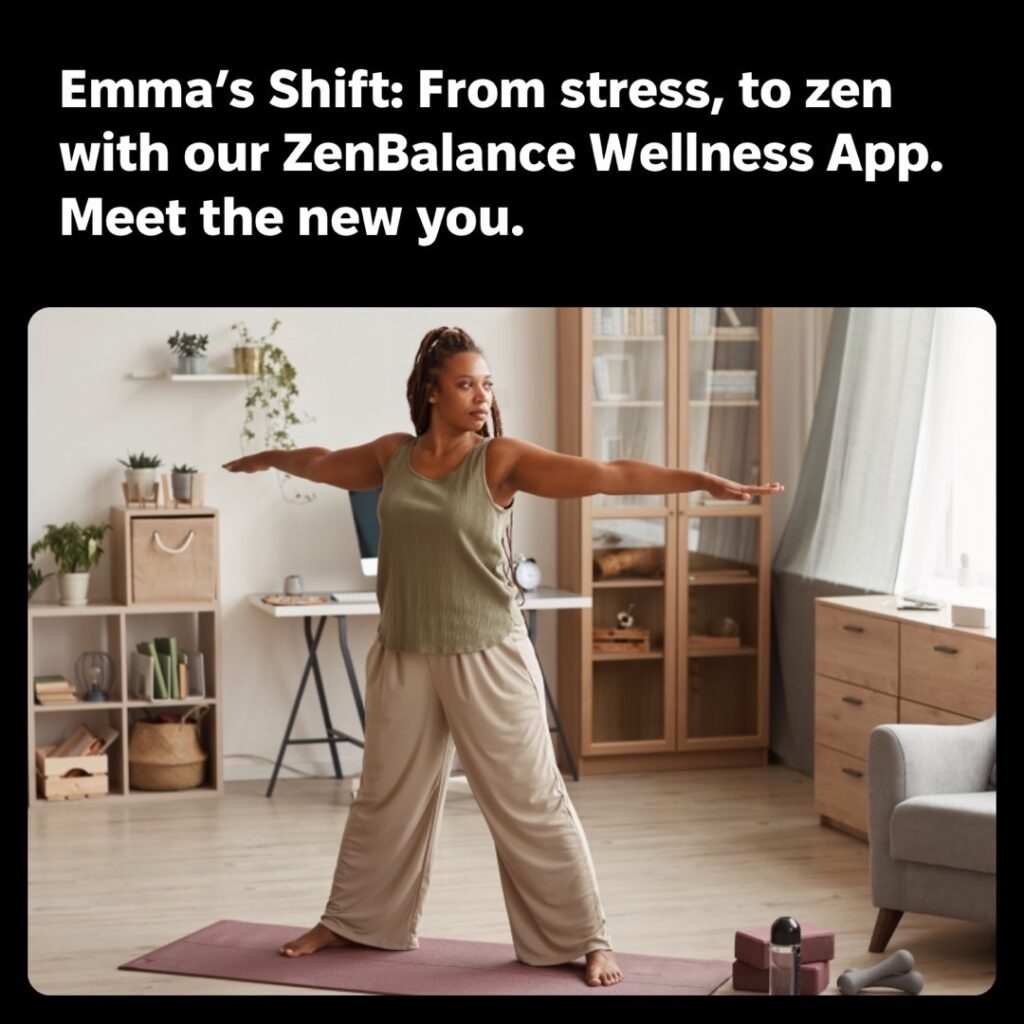

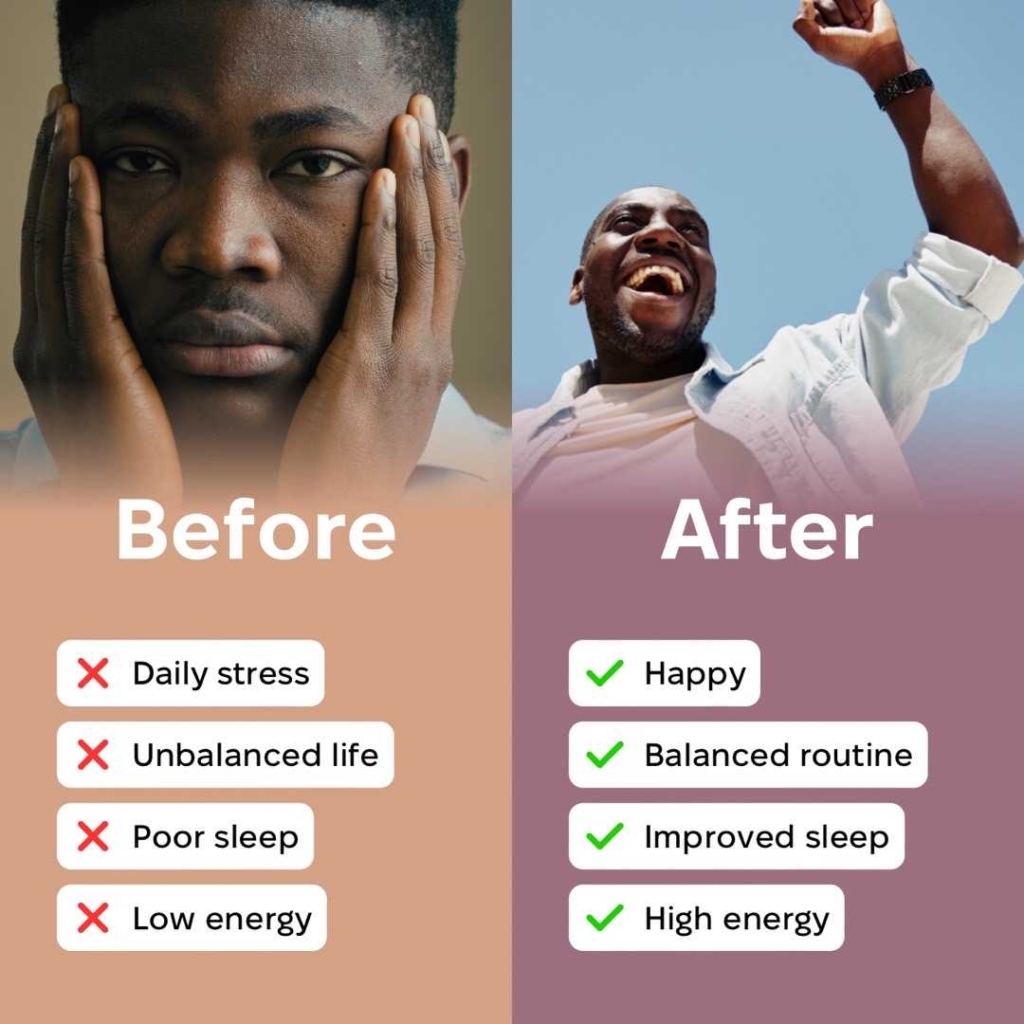
In fact, consistent, audience-focused creatives affect both short-term metrics and long-term conversions. When users see ads that reflect their own lives, they’re more likely to trust you — and more inclined to download your app, buy your product, or sign up for your service.
Simply put, ad creatives do more than catch eyes. They fuel brand recognition, loyalty, and a steady flow of conversions. By blending relatable visuals, authentic storytelling, and clear calls-to-action, you’ll engage people today — and keep them connected tomorrow.
Mini-case study: Boosting results with lifestyle-focused ads
Ever wonder if one creative tweak can produce major results? A mid-tier fashion retailer partnered with Zeely AI to test two sets of AI social media ads. One set showed bright, lifestyle-oriented imagery. The other used only product shots.
After a week, the lifestyle-focused ads delivered a 15% higher CTR. They also dropped cost per acquisition by 10% and boosted conversions by 12%. Why did it work so well? Viewers related to the people in everyday settings, forging an emotional bond. That connection sparked deeper engagement — and led to more cost-effective results.
How creative optimization fits in
Creative optimization is an iterative ad refinement strategy. It thrives on real-world data like CTR, cost-per-click, and audience engagement. Each new ad version resonates more powerfully with viewers — whether you tweak color palettes, revamp headlines, or rework ad layouts.
Key benefits include:
- Prevent user fatigue: By regularly updating visuals and copy, you keep audiences engaged and avoid the risk of them tuning out repetitive ads
- Protect your budget: Highly relevant ads often benefit from lower cost per click, ensuring your marketing spend goes further
- Strengthen brand recall: Fresh designs make a lasting impression, embedding your brand identity firmly in users’ minds
- Foster ongoing engagement: People respond positively to evolving creativity, so keeping content new and exciting can boost audience interaction
Key elements of high-performing ad creatives
Ever scrolled through your feed and paused on an ad — even for a second? That pause might signal a successful creative. High-performing ads blend audience insights, eye-catching visuals, concise messaging, authentic storytelling, and continuous testing.
Below is a step-by-step guide explaining how these elements work together to elevate clicks, conversions, and brand loyalty on social platforms.
Know your audience first
Tailored ads often spark higher customer spending. They match real user preferences, building engagement and trust. If your audience is eco-conscious millennials or busy parents chasing quick fixes, craft visuals, tone, and benefits that align with those needs. In fact, 80% of consumers say they’re more likely to buy from brands offering personalized experiences.
Useful tip: Use quick polls on Instagram Stories or a short Q&A on TikTok to learn what resonates most with your community. Refine your ad creatives using those insights, ensuring your messages remain personalized, not generic.
Why visual appeal is non-negotiable
Eye-catching visuals significantly lift engagement by grabbing attention faster than text alone. Nielsen research shows that creative elements can account for up to 56% of a campaign’s ROI. Though exact CTR boosts vary, it’s widely accepted that bold colors, clear images, and concise layouts consistently improve performance.
Ads have only milliseconds to catch a viewer’s interest. A striking photo or simple, bold design often beats text-heavy creatives by instantly conveying your brand story — no reading required.

Craft clear, compelling messaging
Ads with concise, benefit-focused copy can drive higher clicks because users instantly see how they’ll gain. Even stunning visuals won’t close the deal if your copy is vague. A direct value statement — like “Save two hours every day” — answers that hidden question: “What’s in it for me?”
If your product touts extra cushioning, emphasize “pain-free running” instead of dry technical specs. By highlighting tangible rewards, you inspire more clicks and stronger conversions.

The magic of emotional appeal
Emotional advertising fuels stronger brand recall and deeper customer loyalty by sparking memorable, relatable experiences. Research on emotional marketing shows that tapping into joy, relief, or empathy resonates more than facts alone.
Viewers tend to retain and trust messages when they feel a personal connection — making emotional stories a powerful tool in a crowded marketplace.
Why emotions work: Appeals to share human feelings often outlast purely informational pitches. By weaving personal stories or scenarios into your creative assets, you help customers see themselves in your brand, driving repeat engagement and lasting affinity.
Why a strong CTA drives action
When creating commercial ad creatives, it’s important to remember that ads with a clear, impactful call to action often yield higher conversion rates because they guide users on what to do next, for example, “Start Your Free Trial,” “Shop Now,” or “Discover More.” Pairing a direct benefit with a sense of urgency, like “Boost Your Productivity Today”, nudges people to act right away instead of waiting.
Useful tip: General CTA optimization suggests that changing a button color can lift conversions by about 21%. High-contrast colors make your CTA more visible and enticing, spurring users to click before they move on.
Authenticity: the social currency
Today’s audiences, especially Gen Z, crave authentic, user-focused content rooted in real stories and diverse perspectives. When brands spotlight genuine voices and experiences, they foster deeper loyalty and engagement in a sea of polished promotions.
Patagonia and Glossier succeed by depicting everyday scenarios that mirror their values. Meanwhile, social platforms roll out features like Instagram’s Candid Stories or TikTok’s Now, pushing more organic, less-curated content.
By embracing authenticity, you earn the trust and community support that keeps customers coming back — for the follow, the share, and the lifelong relationship.
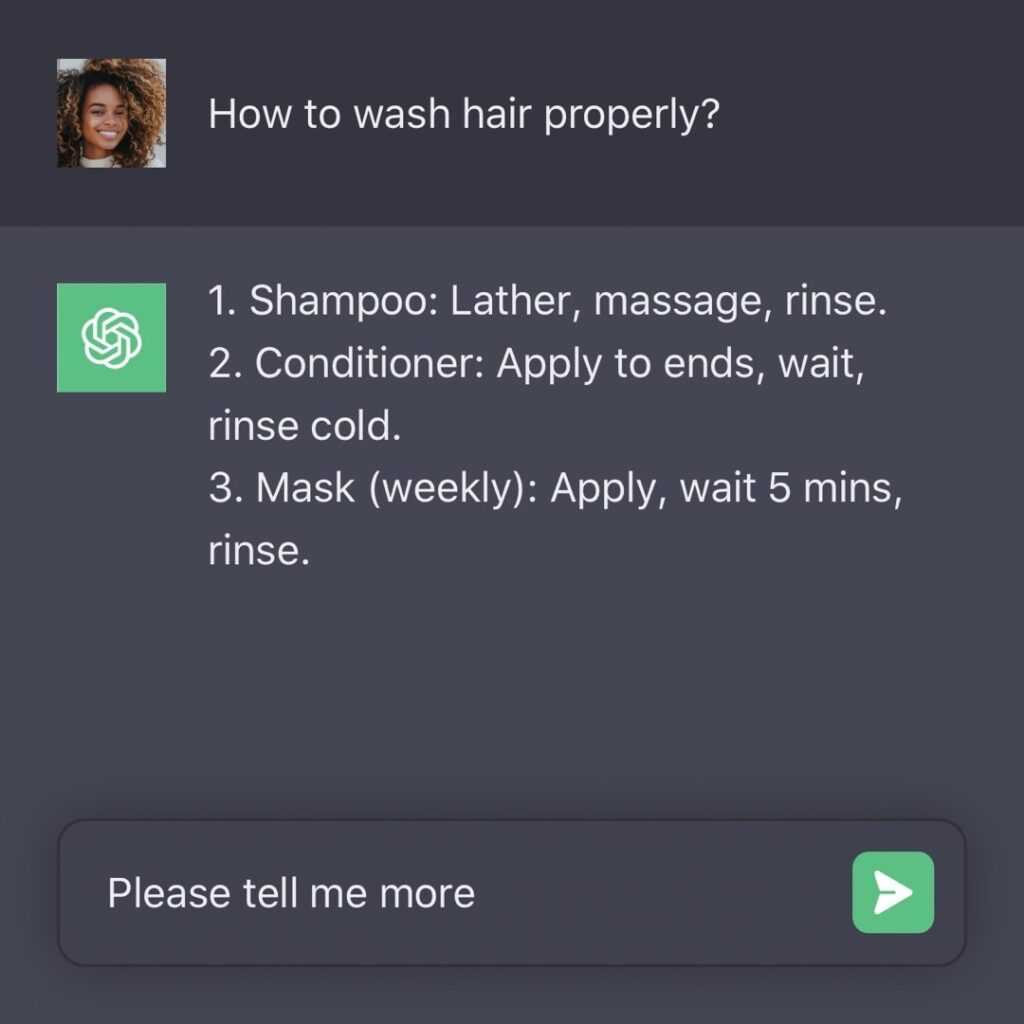
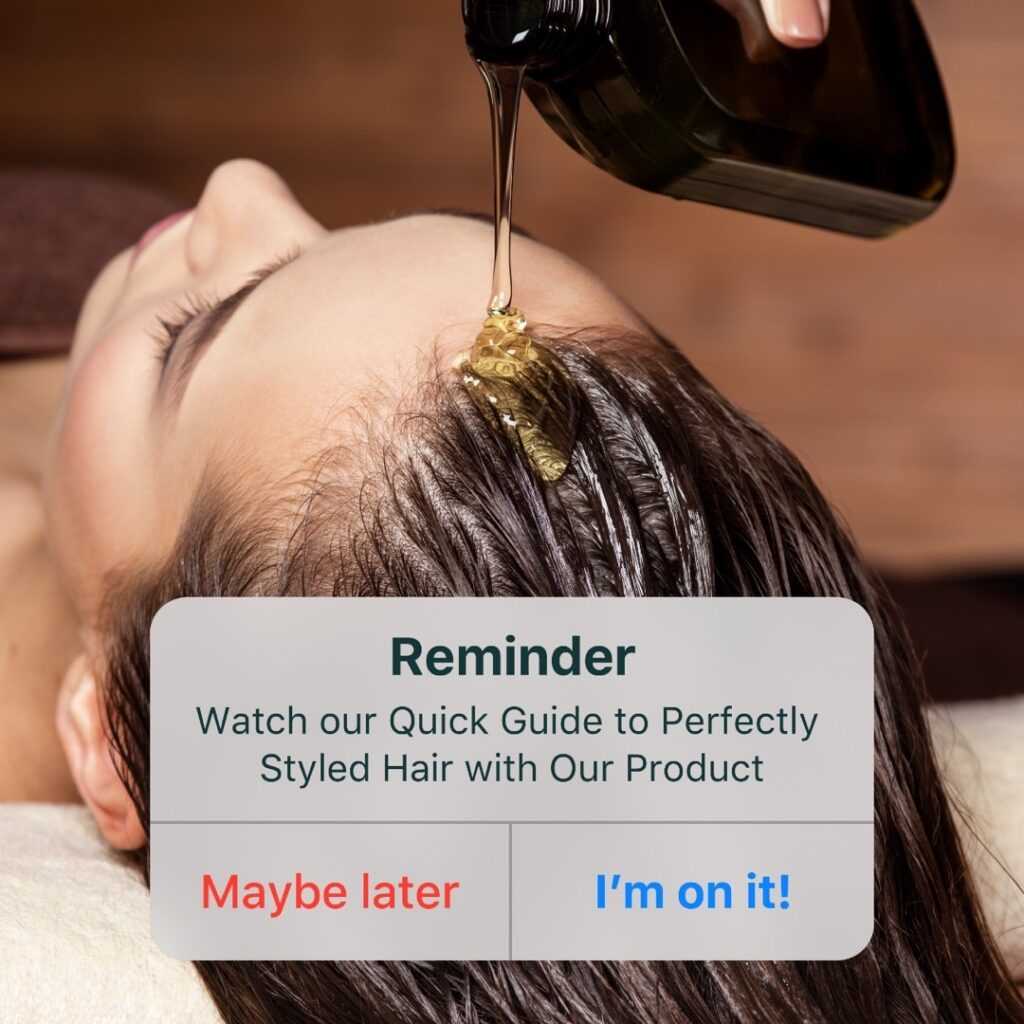

Don’t forget mobile optimization
More than half of all internet traffic is mobile, so mobile-first design often drives higher engagement. Mobile screens dominate how people interact with ads. If your text is too small or your layout demands zooming, users will scroll on.
By making copy readable at a glance, simplifying visuals, and ensuring the CTA is easy to tap, you create a frictionless experience — one that boosts clicks instead of missing them.
Fact: Mobile accounts for approximately half of web traffic worldwide.
Tip: Always preview your ad on a real mobile device before launch. Even a quick test can spot hidden design flaws that could undermine your campaign.
Testing and iteration: Your secret to ongoing success
Regular A/B testing refines your ad elements, preventing ad fatigue and boosting ROI. Don’t let great ads turn stale. Minor updates, like switching a color or a headline, reveal what resonates most with your audience.
Track CTR, cost-per-acquisition, and brand recall to catch performance dips. When results slump, swap in new visuals or tweak your copy.
- A/B tests: Compare two versions of a single element
- Multivariate tests: Modify multiple components at once to find the best combo
Tip: Run small-scale tests often so you can adapt quickly. This data-driven approach ensures each iteration outperforms the last.
How interactive features boost engagement
Polls, quizzes, or mini-games can increase brand recall by turning ads into two-way conversations. Interactive elements encourage people to do more than watch.
A quick poll — “Which color best fits your style?” — sparks curiosity and boosts engagement and memorability. When audiences share preferences or opinions, they shift from passive onlookers to active participants.
Tip: Start small with a poll on Instagram Stories or LinkedIn. Track click-throughs or comment rates to see how user interaction evolves, and refine your creative approach based on those insights.
Common challenges in ad creative management
Managing ad creatives can make or break a campaign. It’s not just about designing pretty visuals, it’s about delivering the right message on the right platform at the right time. Zeely AI solution like AI ad generator can help streamline the creative process and ensure ads are on-brand and tailored for each platform. Below are four challenges advertisers often face, and how to fix them fast.
Lack of ad-ready formats
Ever had your ad’s text cut off or your image compressed beyond recognition? Ensuring creatives meet each platform’s specs can be daunting. A one-size-fits-all approach often leads to poor performance and wasted resources.
If ads appear distorted or off-brand, viewers lose trust immediately. They might fail approval or miss prime placements.
Solution: Adopt a centralized system to keep every ad format and design easily adaptable for different channels. Double-check specs so your ad stays crisp, clear, and engaging.
Creative differentiation across the customer journey
Did you know your best-performing prospecting ad might flop with repeat customers? People in different stages respond to unique messaging.
If you blast everyone with the same creatives, you miss critical chances to engage them properly. One-size-fits-all ads lead to lower click-through rates and fewer conversions. Your audience might ignore messages that feel too basic or too “salesy”.
Solution:
- Align each message with the user’s mindset to foster stronger engagement
- Map each step of the journey and tailor your creatives accordingly
- Early-stage ads might highlight broad benefits, while retargeting ads can feature special offers or deeper product details
Scaling across formats and platforms
Ever posted a gorgeous Instagram ad, only to see it look completely off on LinkedIn? Keeping visuals, text, and brand elements consistent across multiple networks requires careful coordination. Even small differences in format or tone can disrupt your brand identity.
That being said, copying and pasting the same content across multiple platforms is the biggest red flag for people potentially interested in engaging with your content.
Jumbled branding confuses potential customers. Inconsistent language or mismatched visuals weakens your campaign’s credibility. Lean on automation tools and dynamic creative optimization to adapt headlines, images, or calls-to-action for each channel. That way, you get cohesive branding without manually recreating every ad from scratch.
Lack of a clear plan
If you’re launching ads without set goals, you’re basically hoping they stick. Many campaigns fail due to a lack of well-defined objectives or a clear strategy for automating ad creation.
Your team might produce great-looking creatives, but if no one knows what success looks like, performance is guesswork. Disorganized campaigns can drain budgets, reduce ROI, and make it tough to spot what worked — or didn’t.
Outline measurable goals, then evaluate regularly. Use metrics like click-through rates or conversion costs to see if you’re on track. A solid plan guides creative decisions and helps your team pivot fast when something’s not working.
Measuring ad creative performance
Ever launched ads and wondered if they’re truly boosting sales or just draining your budget? By monitoring specific metrics and analyzing the numbers, you’ll spot which creatives shine, which ones flop, and how to optimize them for better returns.
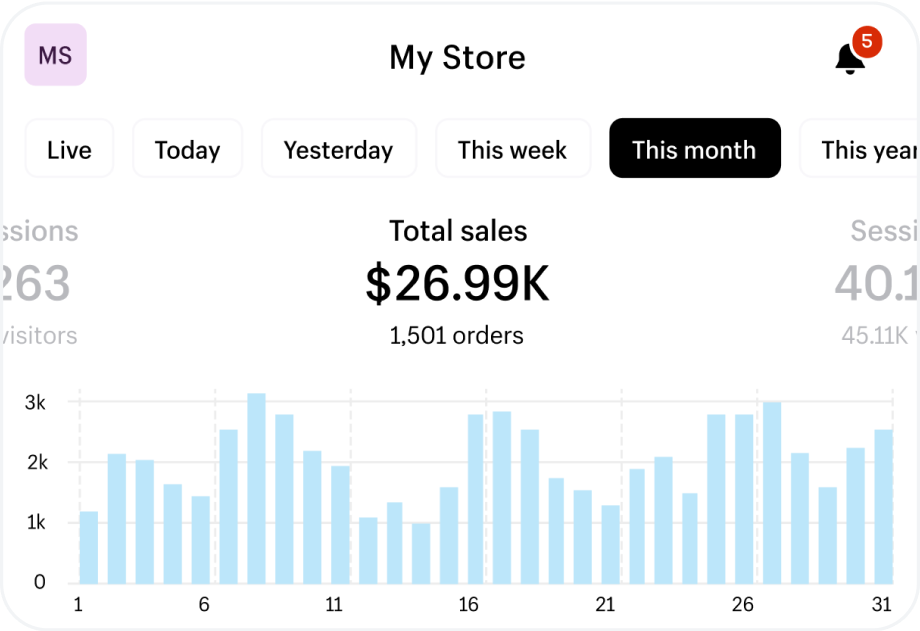
Click-through rate
Struggling to see if your visuals or headlines grab attention? CTR measures how often people click your ad after seeing it. A rising CTR signals that your creative resonates — be it snappy copy, a bold image, or a standout call-to-action. Yet clicks alone don’t cover the bills, so let’s check how many lead to real actions.
Conversion rate
Clicks are great, but do they convert to sales or sign-ups? Your conversion rate shows the percentage of clicks that lead to tangible actions. A high conversion rate means your ad design and offer seals the deal. Imagine you switch the CTA in an email ad from “Sign Up Now” to “Get Your Free Trial.” If conversions jump by 20%, that minor tweak struck a chord.
Return on ad spend
Ever wonder if you’re earning more than you’re spending on ads? ROAS compares the revenue from those ads to how much you spend. A healthy ROAS suggests your creatives generate enough sales to justify the investment.
If your ROAS lags, your ad might be missing the mark with its audience — or your message may not spark real purchases. The Entrepreneur noticed that the average return on ad spend for a Facebook campaign can vary depending on your target audience and how well your ads perform.
Engagement rate
Are people actually connecting with your message, or just scrolling by? Engagement covers likes, shares, and comments — all signals of deeper interest. Even if conversions stay modest, high engagement suggests your creative sparks emotional or intellectual reactions. This feedback can guide updates before you invest more budget in distribution.
Special note: IPM for mobile ads
For mobile campaigns, Installs per Mille tracks how many app installs you get per thousand ad impressions. It doesn’t track every type of attribution, but IPM shows whether your creatives prompt effective downloads in an app-focused environment.
Use an ad creative performance document
Gathering data from Google Analytics or Facebook Ads Manager can feel overwhelming. A single Ad Creative Performance Analysis Document keeps CTR, conversions, ROAS, and engagement in one spot. You’ll quickly see if a new headline lifted conversions by 15% or if a color swap boosted ROAS by 10% — and then pivot accordingly.
Conclusion
Measuring ad creative performance isn’t a one-time chore — it’s a constant cycle of tracking, analyzing, and optimizing. By focusing on CTR, conversion rate, ROAS, engagement, and IPM, you’ll see which designs and messages truly hit the mark. Then, tweak your ads, refine your strategy, and keep boosting results while spending your marketing dollars wisely.
Also recommended



